Route 66, often referred to as the “Mother Road,” is more than just a highway; it’s an enduring symbol of American car culture and freedom. Spanning over 2,400 miles from Chicago to Santa Monica, this iconic route has played a crucial role in shaping the way Americans explore their vast country and has become a cultural touchstone for car enthusiasts worldwide.
The Birth of Route 66
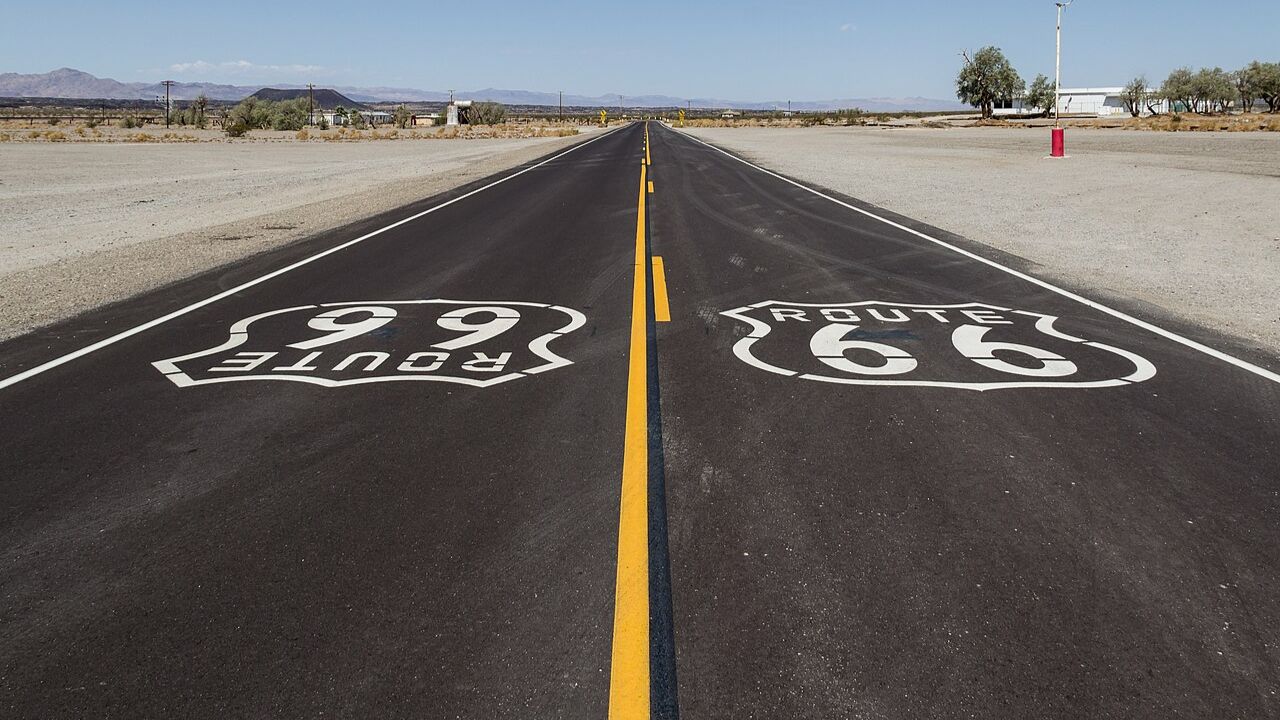
Route 66 was officially established on November 11, 1926, as part of the new numbered highway system in the United States. This ambitious project aimed to create a unified network of roads that would improve transportation and commerce between the states. Cyrus Avery, a businessman from Oklahoma, was a key figure in its creation, envisioning a diagonal pathway that would connect the Midwest to the Pacific Coast, thereby offering a shorter, more direct route than the traditional north-south highways.
In the context of the broader U.S. highway system, Route 66 served as a vital link between rural communities and major cities. As people began to migrate west in search of better opportunities, the highway became a lifeline for small towns, boosting local economies through increased trade and tourism. Businesses along the route thrived, leading to the development of unique attractions that catered to travelers, such as quirky roadside attractions, diners, and motels.
The economic impact of Route 66 was profound. It not only provided jobs in construction and maintenance but also spurred the growth of businesses in the regions it traversed. Towns like Tucumcari in New Mexico and Kingman in Arizona became bustling hubs of activity, benefiting from the steady stream of travelers. The highway’s influence on the economic landscape of the United States is still evident today, as many of these communities continue to celebrate their Route 66 heritage.
Route 66 and the Golden Age of Motoring
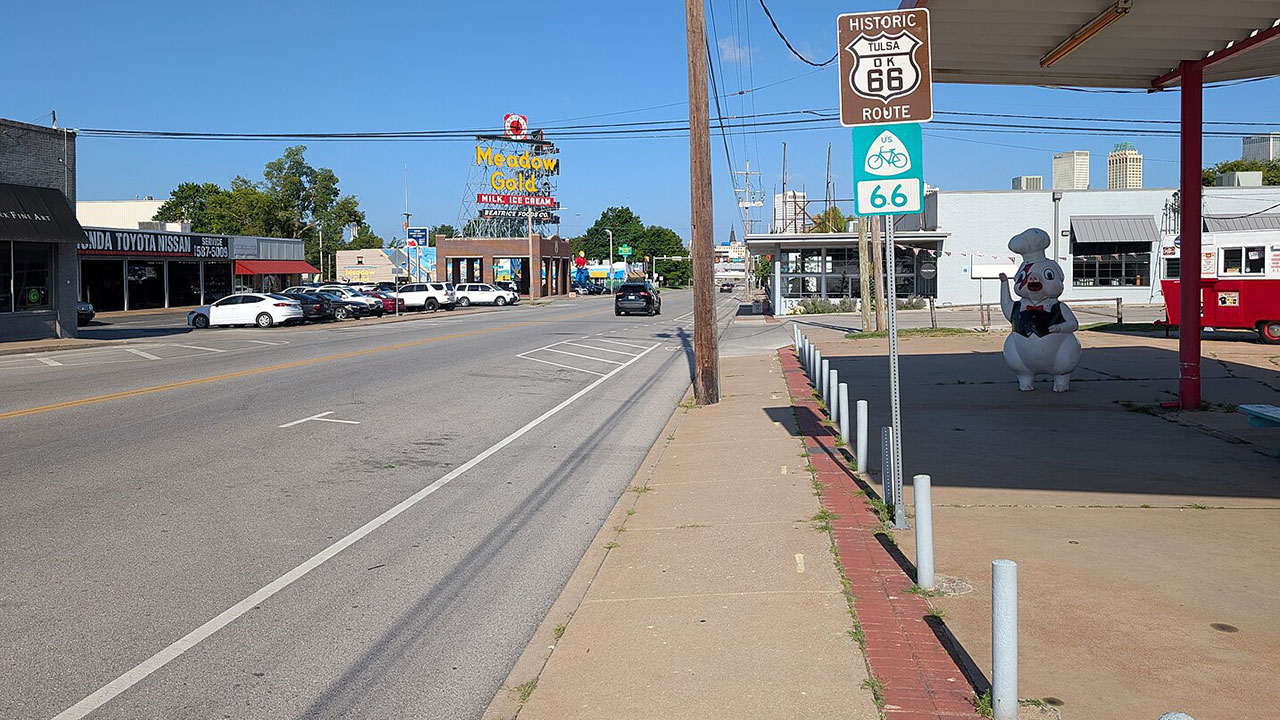
The post-World War II era marked the golden age of motoring in America, and Route 66 was at the heart of this cultural phenomenon. As car ownership became widespread, the open road symbolized freedom and adventure. Families embarked on cross-country road trips, experiencing the diverse landscapes and cultures of the United States. Route 66 quickly became synonymous with these journeys, earning its place as a quintessential American experience.
This period also saw the rise of the automobile as a central aspect of American lifestyle. Along Route 66, travelers found an array of services designed to cater to their needs, including motels with neon signs, classic diners serving comfort food, and service stations offering fuel and repairs. These establishments became iconic symbols of the era, contributing to the romanticized image of the road trip in American culture.
Route 66 is steeped in stories and legends, with countless tales of adventurers, dreamers, and wanderers who traversed its path. From the exploits of “The Grapes of Wrath” migrants to the folk heroes immortalized in song, the highway has inspired generations with its promise of new beginnings. Figures like Bobby Troup, who wrote the famous song “(Get Your Kicks on) Route 66,” have contributed to the rich tapestry of folklore associated with this legendary road.
Cultural Significance and Representation in Media

Route 66 has been immortalized in film and music, capturing the imagination of audiences worldwide. Movies like “Cars,” which features a fictional town along the highway, and television shows like the 1960s series “Route 66,” have kept the spirit of the road alive in popular culture. These representations highlight the allure of the open road and the diverse experiences it offers, cementing Route 66’s status as an American icon.
The highway also plays a significant role in the American Dream, symbolizing the pursuit of freedom and prosperity. Its imagery is often used in literature and art to evoke a sense of nostalgia and longing for a simpler time. Artists like Edward Hopper have captured the essence of Route 66 in their work, emphasizing its place in the cultural consciousness of the nation.
Nostalgia for Route 66 is celebrated through various festivals, museums, and preservation efforts aimed at keeping its spirit alive. Events like the annual Route 66 Festival in Springfield, Illinois, bring together car enthusiasts and history buffs to honor the legacy of the road. Museums such as the Route 66 Museum in Clinton, Oklahoma, offer a glimpse into the past, showcasing artifacts and stories from the highway’s heyday.
Route 66 Today: A Living Legacy
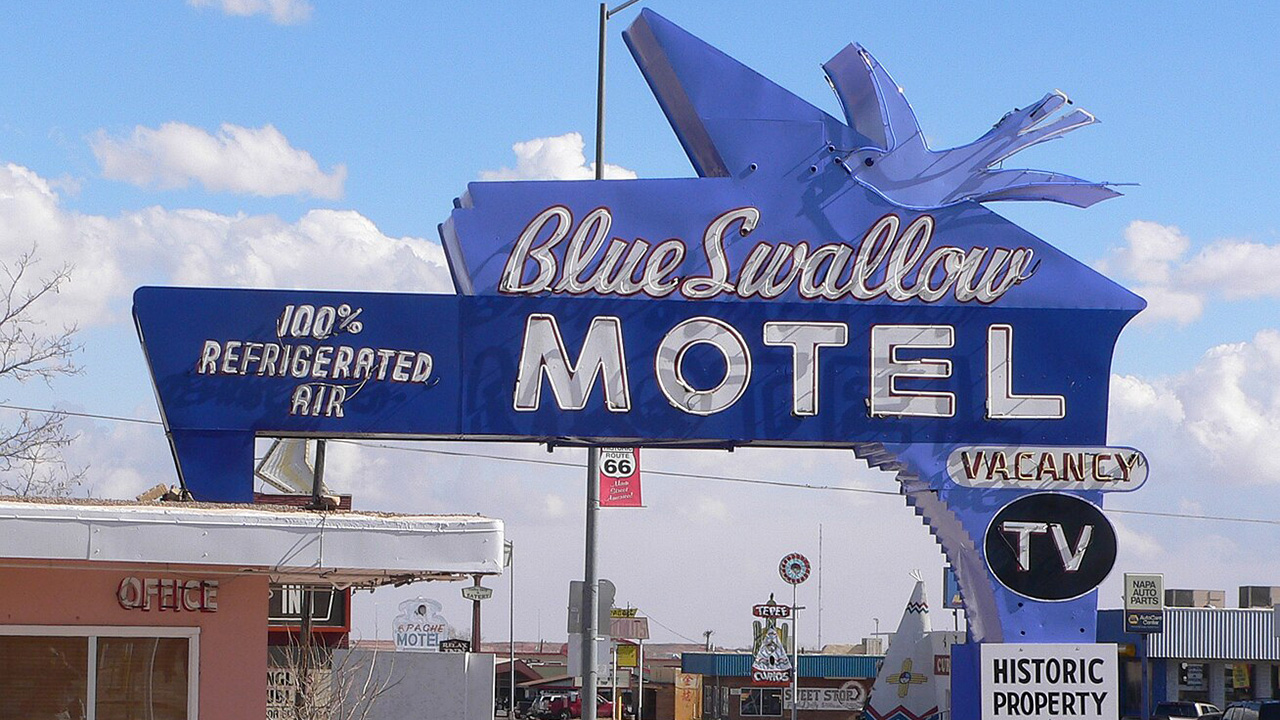
Today, Route 66 continues to captivate travelers from around the world seeking to experience its storied past. While much of the original highway has been replaced by modern interstates, several stretches have been preserved and restored, offering a mix of nostalgia and contemporary convenience. Travelers can explore attractions like the Blue Swallow Motel in Tucumcari or the Wigwam Motel in Holbrook, Arizona, which evoke the classic road trip experience.
Preservation and restoration efforts are crucial to maintaining the historic charm of Route 66. Organizations like the National Park Service’s Route 66 Corridor Preservation Program work with communities to restore landmarks and promote heritage tourism. These initiatives help to preserve the character of the highway while supporting local economies by attracting visitors from around the globe.
Route 66’s influence extends beyond the United States, as it continues to inspire car culture worldwide. Enthusiasts from countries like Japan and Germany often embark on “Route 66 tours,” seeking to capture the essence of American motoring history. This global appeal underscores the enduring significance of the highway and its role as a symbol of freedom and adventure.
Challenges and Opportunities for the Future
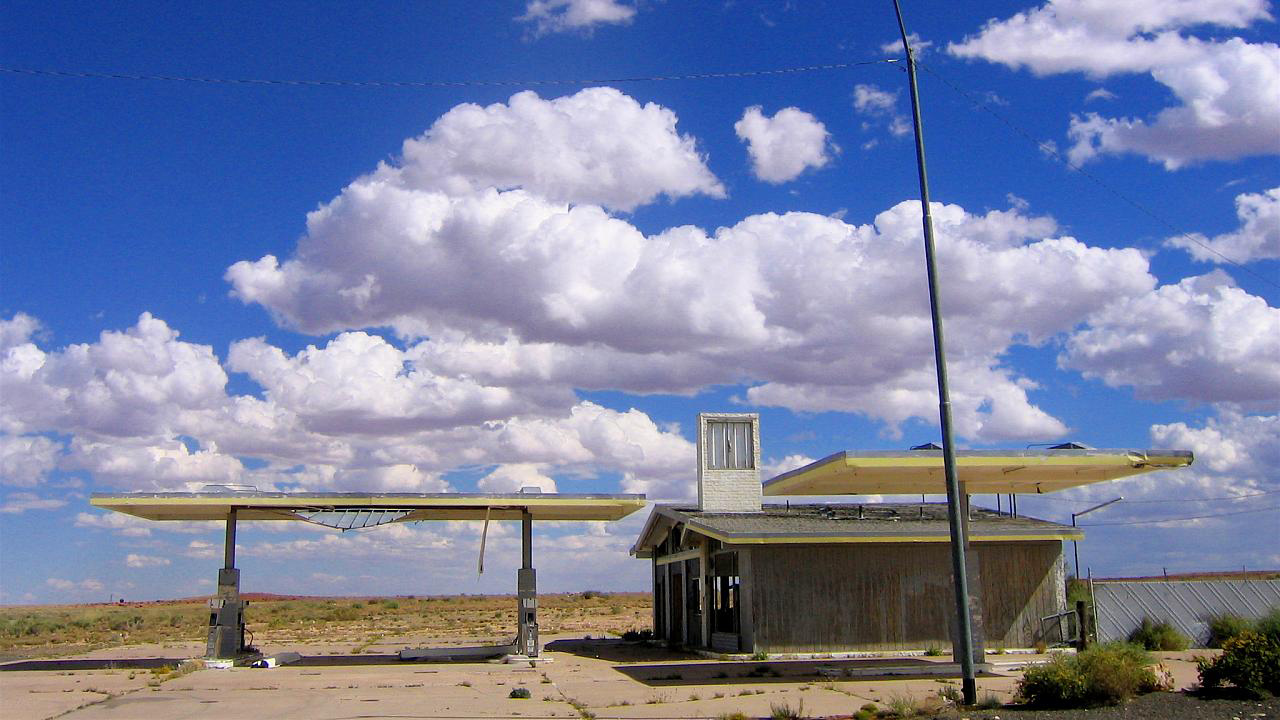
The future of Route 66 faces challenges from modernization and infrastructure changes that threaten its historic integrity. As new highways bypass small towns, businesses along the route struggle to attract visitors. This shift poses a risk to the cultural heritage and economic vitality of the communities that have relied on Route 66 for decades.
Balancing tourism and preservation is a pressing concern for towns along the highway. While increased tourism can bring economic benefits, it also necessitates careful management to protect the unique character of the route. Efforts to promote sustainable tourism practices are essential to ensure that Route 66 remains a vibrant destination for future generations.
The future of Route 66 lies in the hands of those dedicated to preserving its legacy. By fostering collaboration between government agencies, preservationists, and local communities, there is potential to secure the highway’s place in American history. Initiatives such as the Route 66 Road Ahead Partnership aim to create a sustainable vision for the route, ensuring that its story continues to inspire and captivate travelers for years to come.
Like Fast Lane Only’s content? Be sure to follow us.
Here’s more from us:
*Created with AI assistance and editor review.


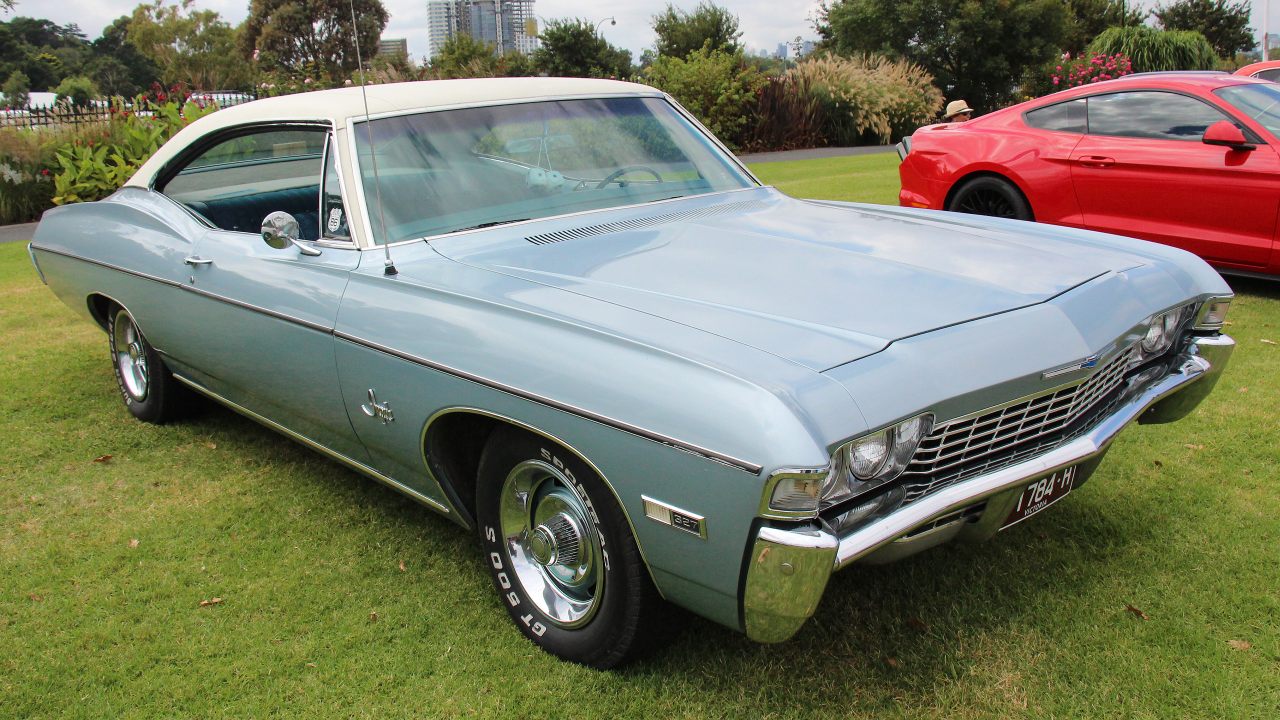
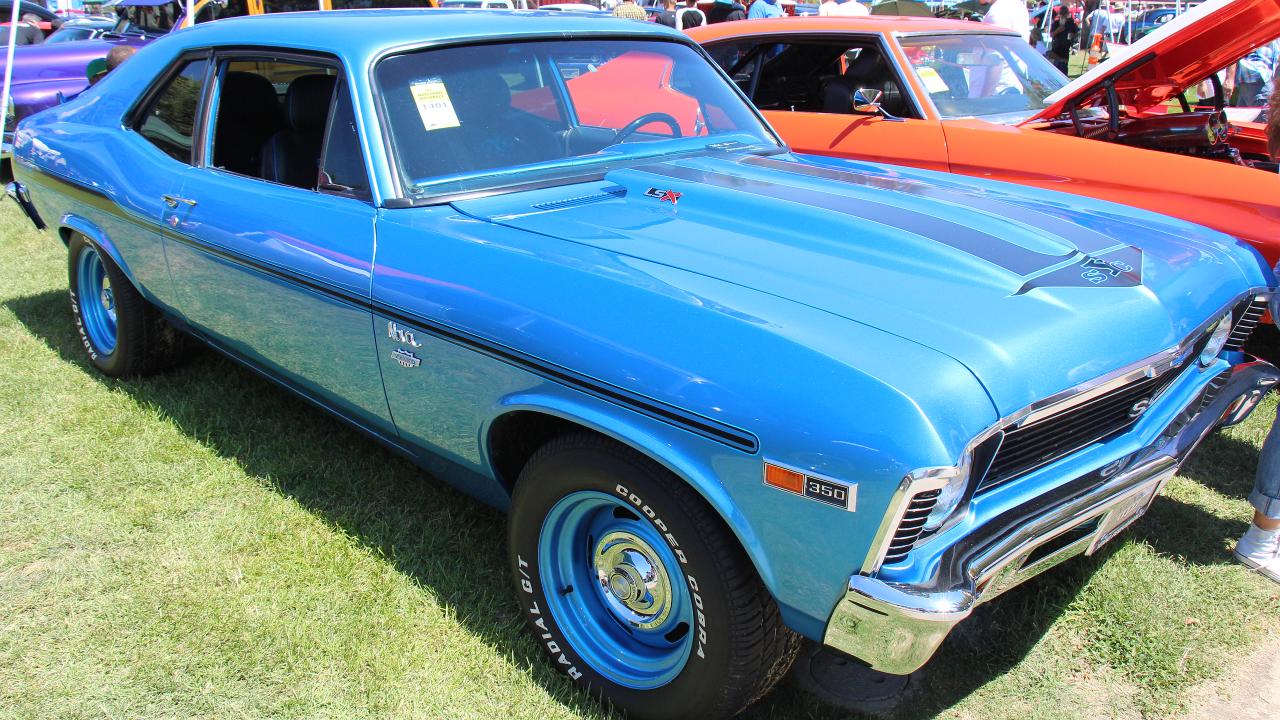


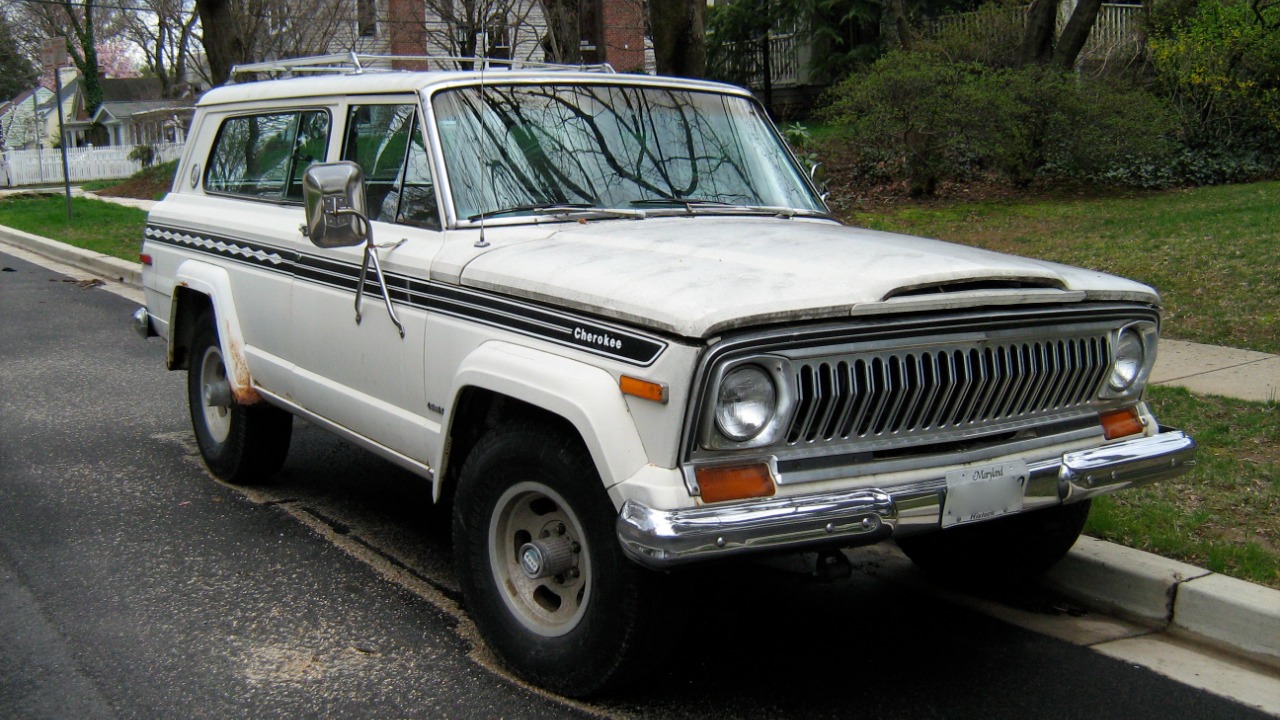
Leave a Reply